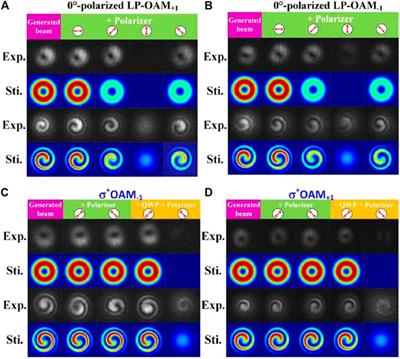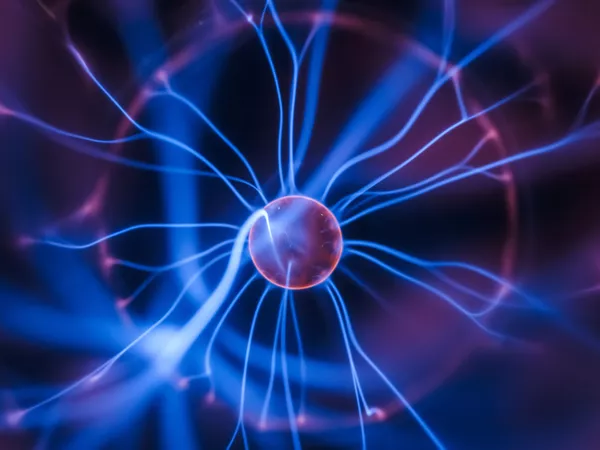EDITORIAL
Published on 29 Sep 2022
Editorial: Optical vortices: Generation and detection
doi 10.3389/fphy.2022.1026004
- 1,117 views
- 3 citations
8,571
Total downloads
41k
Total views and downloads
You will be redirected to our submission process.
EDITORIAL
Published on 29 Sep 2022
ORIGINAL RESEARCH
Published on 17 Aug 2022
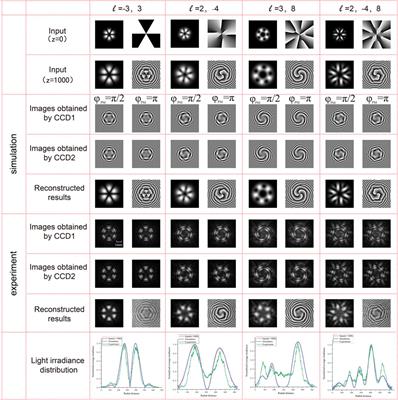
ORIGINAL RESEARCH
Published on 25 Jul 2022
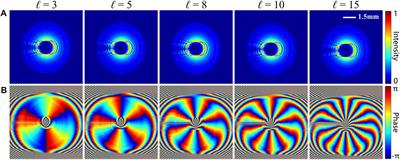
ORIGINAL RESEARCH
Published on 29 Jun 2022

REVIEW
Published on 28 Jun 2022

ORIGINAL RESEARCH
Published on 28 Jun 2022

BRIEF RESEARCH REPORT
Published on 27 Jun 2022

ORIGINAL RESEARCH
Published on 09 May 2022

ORIGINAL RESEARCH
Published on 04 Mar 2022

ORIGINAL RESEARCH
Published on 25 Feb 2022

ORIGINAL RESEARCH
Published on 03 Jan 2022
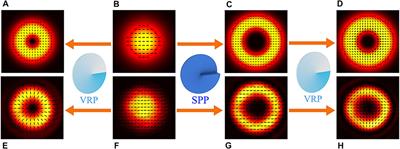
REVIEW
Published on 29 Nov 2021
